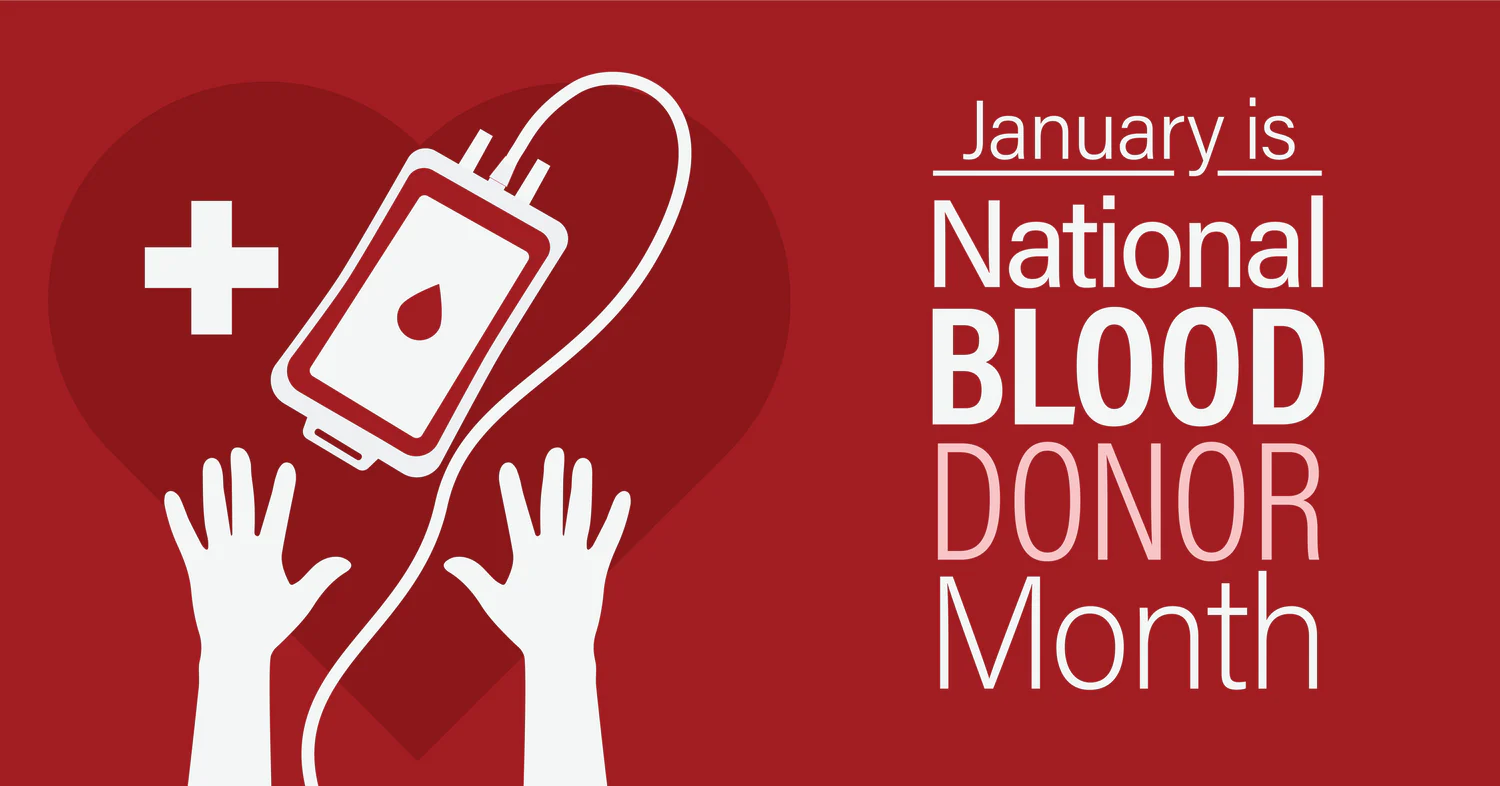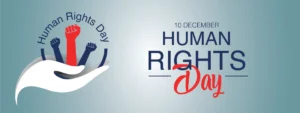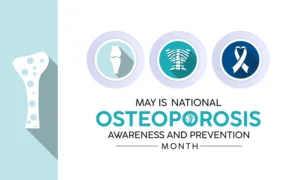National Blood Donor Month: How Your Blood Can Save Lives This Winter!
Every two seconds, someone in the United States needs blood[1]. Ongoing blood shortages can mean surgeries being postponed, medical treatments delayed, and lives hanging in the balance. January is “National Blood Donor Month,” making it the perfect time to give the life-saving gift of blood donation.
Read on to understand this urgent need, who can donate, common concerns addressed, what to expect when donating, and why health organizations are making special appeals this month.

Why Blood Shortages Happen
The number one reason for low blood supplies is simple – not enough donors coming forward[2]. Only about 3% of the population donates annually[2]. Yet there is a constant, often rising demand for blood. Between disease treatments, accident victims, new mothers hemorrhaging in childbirth, cancer patients, organ transplant procedures, and a myriad of other medical needs, blood supplies require continual replenishment.
Local shortages can develop rapidly after events with mass casualties. And during seasonal illnesses like flu season, donor numbers tend to sharply decline.
Turn Shortages Around Through Donations
A single blood donation can save up to 3 lives[3][4]. Multiply that by hundreds of thousands more donors, and many struggling patients could receive the blood they desperately require. Medical teams make extraordinary efforts to encourage blood donation. But hospitals and blood collection agencies cannot do this alone. Only volunteer, unpaid blood donors can make the difference in preventing blood rationing and healthcare delays[3].
January offers the perfect opportunity to turn good intentions into life-affirming action. Here is what every potential donor should understand about the processes, requirements, and immense benefits of becoming a blood giver.
What is National Blood Donor Month?
Each January, organizations like the American Red Cross sponsor National Blood Donor Month to rebuild diminished blood inventories following the winter holidays[5]. It is a vital chance to grow the volunteer donor pool ahead of seasonal illnesses and accidents that spike
demand. Local blood collection agencies and hospitals unite behind awareness campaigns targeting donor recruitment.
Activities promote blood drives and educate communities on misconceptions deterring people from giving blood. The ultimate goal is ensuring blood availability for injured, chronically ill, and vulnerable patients throughout the coming year. One can give few gifts more precious than the donation of blood.
Who Can Donate Blood?
Many people mistakenly assume numerous restrictions or health conditions disqualify them from blood donation. In fact, the requirements to become a donor are much less stringent than most people realize. Here are the basic guidelines from the American Red Cross on who can donate blood[6]:
To donate blood, you:
- Must be in good general health and feeling well
- Should be at least 17 years old in most states
- Should weigh at least 110 lbs based on height/weight eligibility
- Cannot have donated whole blood in the last 56 days
Some states allow 16-year-olds to give blood with parental consent[4][6]. There is no upper age limit to blood donation. Most medications and conditions do NOT automatically disqualify you from giving blood[6]. Minor health issues are typically not problematic either. The health screening process will identify any points of concern. So never assume you cannot donate without first inquiring!
Why Some Cannot Donate
Individuals with select chronic illnesses (like HIV or hepatitis) cannot donate for safety reasons[7]. Other deferrals aim to protect the donor’s well-being. Pregnant women do not donate as their health takes priority. A recent major surgery or blood transfusion may also delay donations[7]. Similar time-limited exclusions apply to international travel, tattoos, and piercings. Temporary restrictions involve anything raising infection transmission risks that donor tests cannot yet detect.
Rare disorders making blood donation hazardous for an individual will lead to deferrals. For example, those prone to anemia may struggle with low iron levels post-donation[7]. These latest eligibility criteria promote safe participation for all.
Overcoming Common Concerns
Unfounded worries prevent many prospective blood donors from taking the first step. However, blood donation is a simple, safe process and quite easy to fit into your schedule. Understanding what truly happens when you give blood can help put any concerns to rest[8]:
“I’m afraid of needles or the sight of blood.” The actual needle prick feels no worse than a flu shot. Looking away is absolutely fine – staff will guide you through the procedure. Breathe deeply and it is over in seconds.
“I don’t like feeling dizzy or faint.” Reactions are minimized by drinking fluids beforehand to stabilize blood pressure. During donation, you are seated comfortably. Staff also monitor you closely afterward with refreshments to restore fluid levels.
“I barely have a free hour to spare.” From registration to post-donation relaxation and cookies, the entire blood donation process takes only about one hour. Most donor centers offer weekend and evening hours fitting any schedule. You can schedule appointments online for fast visits.
“I worry about risks from needle use or feeling ill afterward.” Sterile disposable needles ensure donor safety. Brief weaknesses some notice often pass quickly after finishing the juice and snacks given. Serious reactions are extremely rare thanks to careful health screenings. And donor well-being is why temporary ineligibility criteria exist.
“Will it hurt or make me sore after?” The arm prick itself feels negligible for most blood donors. Some bruising is common but fades fast. Keep the bandage on initially and avoid heavy lifting for the remainder of the day. Within 12 hours almost all donors report feeling perfectly normal.
Give blood once, see how smoothly it fits into life’s demands, and those once-daunting thoughts disappear!

Group O can donate red blood cells to anybody. It’s the universal donor(O-Negative). Group A can donate red blood cells to A’s and AB’s. Group B can donate red blood cells to B’s and AB’s.
What to Expect When Donating Blood
Wondering what the typical experience of giving blood for the first time is like? Understanding the seamless processes involved and the supportive environment can prevent anxiety come donation day. Here is an overview of what blood donors can expect at local blood drives or community donor centers[9]:
- You begin by completing a quick registration with basic contact and health history information.
- An assistant then escorts you to a screening interview covering health factors and any recent risks pertinent to blood safety. Length varies but averages just 10-15 minutes. ● Your hemoglobin levels get tested through a simple finger prick. This and your blood pressure confirm it is safe for you to donate that day.
- Now you move to the donor chair to relax while a small sterile needle is inserted in the arm vein. As blood collects into attached bags, the staff remains close by monitoring you.
- Within 8-10 minutes, the bag contains about 1 pint of blood – the standard whole blood donation volume. The needle comes out, your arm gets bandaged, and the collection ends.
You did it – you just helped up to 3 patients in need! After resting with refreshments, donors can leave wearing “I gave blood” stickers proving that simple act of heroism.
First-timers often realize how smooth and fast standard donation proves. Within an hour, a first show of courage brings the incredible reward of giving others years more of life.
Blood Donation: Now More Important Than Ever
National Blood Donor Month arrives at a critical junction for America’s precious blood inventories[10]. As post-holiday reserves dwindle, seasonal flu is spiking. Simultaneously, hospitals face ongoing ripple effects from years of deferred and canceled procedures throughout the pandemic – with blood needs skyrocketing. Cold winter weather plus contagious illnesses also keep tentative donors home.
Resulting blood shortages recently forced some hospitals into emergency appeals to avoid postponing major surgeries[10][11]. Why the particularly severe deficit nationwide? And how can more people start 2024 by becoming #BloodDonors?
Why Blood Shortages Happened
Unforeseen challenges collided to ravage America’s blood supply this winter. Each factor alone would decrease donor turnout and retention. But combined, the following crises created a perfect storm[2][11]:
- Pandemic consequences: COVID anxieties limited blood drive participation for multiple years. Over 10% fewer American donors gave blood in 2021 compared to 2019. Critical donor losses accumulated.
- Rare influenza surge: The current influenza outbreak turned historic as H3N2 hospitalizations spiked. Flu’s complications can preclude infected individuals from donating for 2+ weeks after symptoms cease. Tens of thousands became temporarily ineligible as the flu raged through mid-December.
- Holiday lulls: Blood drives slow considerably around Thanksgiving through New Year as vacations and merriment distract potential donors. Yet blood requests never pause for holidays when emergent needs arise.
- Extreme weather events: December brought record cold snaps plus winter storms. Hazardous commutes deter would-be donors from outdoor blood drives and donation centers. Fewer drives translate to thousands of uncollected pints.
Now in 2024’s first weeks, medical teams face unprecedented blood shortages just as delayed treatments must finally occur. To prevent healthcare delays with lifesaving consequences, more donors than ever must step up.
How Everyone Can Help Solve This
Individual determination is the only means to transforming blood scarcity into renewed reserves[12]. Where systemic pitfalls beyond any one person’s control created shortages, it is now up to each community member to spur change. With a brief time investment, relatively small actions yield dramatic results.
Here are the different ways anyone, from young adults to seniors and all abilities can easily help solve the blood crisis in their local area today[12]:
Commit to making your first lifetime blood donation during National Blood Donor Month, or immediately schedule your next visit if a previous donor. Even one donation changes fates – and sparks others to also give counters shortages.
Spread factual information about donating among family, friends, and social circles. Clear up common misconceptions and doubts preventing would-be donors from ever trying. Share your positive experiences.
Volunteer supporting local drives and blood collection events. Blood banks need help hosting drives and aiding nervous first-time donors. Office blood drives desperately need reviving too. Assist however able.
Share hospital appeals and blood agency call-outs across community channels. Relay urgent requests through word-of-mouth, emails, and social media. Key facts on the severe need may inspire one’s wider networks into action.
Accompany someone anxious to donate for moral support. First-timers often cite apprehension over going alone as reasons they hesitate to schedule appointments. Offer to join them.
Simple undertakings, magnified thousands-fold, foster robust blood inventories allowing modern medical miracles. January is the time for every willing individual to actualize their desire to help others through a blood crisis. This winter, ordinary people have extraordinary power to save lives. Will you answer the call?

Key Reasons Why Blood Donation Matters
Contemplating that very first blood donation? Uncertain what impact something seemingly small could possibly have? Understanding why the gift of one’s blood is invaluable for healthcare can motivate anyone on the fence.
Blood transfusion is critical or life-preserving in multiple medical situations[10][13]:
- Major surgeries: Orthopedic joint replacements, open-heart procedures, organ transplants, and countless operations require blood transfusions to replace surgical blood loss. Availability allows optimal outcomes.
- Cancer treatments: Major chemotherapy side effects or the cancers themselves severely lower patients’ hemoglobin and cell levels. Frequent transfusions provide essential support throughout months of treatments.
- Chronic diseases: Conditions causing severe anemia like sickle cell disease require lifelong intermittent transfusion to ease “attacks” and pain episodes. Transfusions sustain health.
- Bleeding disorders: Those with hemophilia, platelet dysfunctions, or genetic missing clotting factor disorders depend on clutch infusions to survive abnormal bleeding events. Without such care, uncontrolled internal or external hemorrhaging can rapidly kill.
- Car accident & emergency trauma victims: When traumatic injuries result in dangerous blood loss emergently replacing high volume is patients’ only lifeline. Transfusions often ongoing for days to weeks support their full recovery too.
- Childbirth complications: Postpartum hemorrhage, bleeding abnormalities, underlying maternal conditions, etc can necessitate transfusing new mothers during delivery or the surrounding days. This also saves infants delivered early needing boosted red cell counts.
Blood inventories always require replenishing as component parts to degrade. Platelets’ shelf life is just 5 days. Red cells last under 2 months before breaking down. Plasma expires within 12 months. So yesterday’s precious donations cannot cover tomorrow’s unknown needs. Sustained new donations matter most.
Now is your chance to take a stand through the simple act of rolling up one’s sleeve. Minutes from your day preserve months or years of others’ futures. Contact the nearest blood center or collection agency to schedule an appointment right away. Transform lives by overcoming any lingering hesitation or doubt that your blood donation could ever be insignificant. The need for donors is too great this January – and the gift of life is too priceless not to give.
References:
[1] “US Blood Supply Facts.” Redcrossblood.org, 2023,
www.redcrossblood.org/donate-blood/how-to-donate/how-blood-donations-help/blood-needs-blo od-supply.html.
[2] News. “The Blood Supply Shortage: Why It’s Happening and How You Can Help.” News, UC Davis Health, 8 Feb. 2022,
[3] US), Medicine, et al. “Blood Supply Fluctuations.” Nih.gov, National Academies Press (US), 2024, www.ncbi.nlm.nih.gov/books/NBK233113/.
[4] “Donate Blood. Save Lives.” NHLBI, NIH, 2023, www.nhlbi.nih.gov/education/blood/donation.
[5] “National Blood Donor Month: Red Cross, NFL Team up to Support Patients.” Redcross.org, 2024,
[6] “Eligibility Requirements.” Redcrossblood.org, 2024,
www.redcrossblood.org/donate-blood/how-to-donate/eligibility-requirements.html.
[7] “Who Can Give Blood.” Who.int, 2018,
www.who.int/campaigns/world-blood-donor-day/2018/who-can-give-blood.
[8] “Common Concerns.” Redcrossblood.org, 2024,
www.redcrossblood.org/donate-blood/how-to-donate/common-concerns.html.
[9] “First Time Donors.” Redcrossblood.org, 2024,
www.redcrossblood.org/donate-blood/how-to-donate/common-concerns/first-time-donors.html.
[10] “Why Blood Donation Is Important.” Redcrossblood.org, 2021,
www.redcrossblood.org/local-homepage/news/article/blood-donation-importance.html.
[11] “Blood Shortage Continues, Please Give Blood Now.” Redcross.org, 2023, www.redcross.org/about-us/news-and-events/press-release/2023/red-cross-announces-national -blood-shortage.html.
[12] PBS NewsHour. “How to Help amid a National Blood Shortage.” PBS NewsHour, 13 Jan. 2022, www.pbs.org/newshour/health/how-to-help-amid-a-national-blood-shortage.
[13] “Why Blood Donation Is so Critical | Giving = Living.” Giving = Living, 27 Sept. 2022, www.hhs.gov/givingequalsliving/giveblood/why-give.







